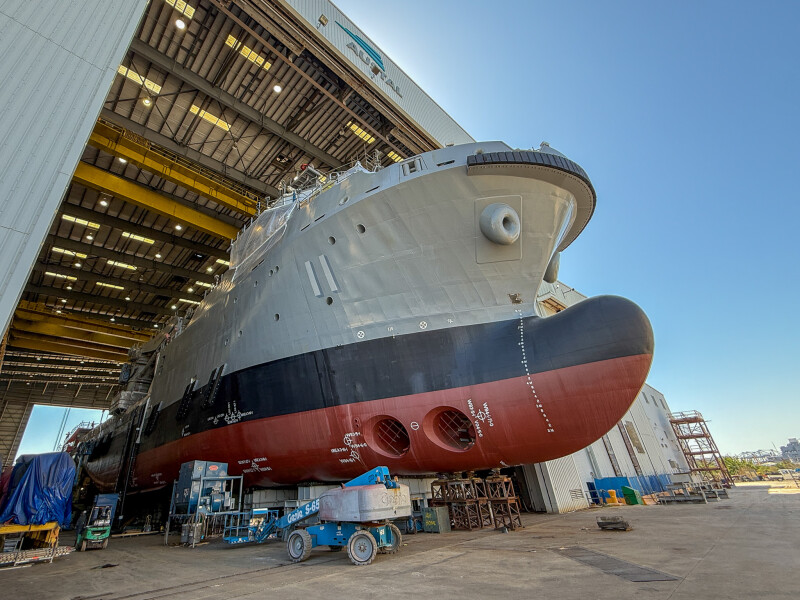President Donald Trump signed an executive order earlier this year aimed at rebuilding the U.S. shipbuilding industry. Rebuild? Tier II shipbuilders have been producing aluminum and steel military and commercial workboats for decades, while a few Tier I shipyards have been building mostly warships.
The order calls for federal investment in American shipyards and the maritime workforce and outlines a new Maritime Action Plan to be coordinated by the Maritime Administration. The plan includes the establishment of a Maritime Security Trust Fund, shipbuilding tax incentives, and the launch of strategic commercial fleet programs.
But Tier II shipyards like Austal USA, Mobile, Ala., Main Iron Works, Houma, La., Silver Ships, Theodore, Ala., Birdon, Bayou La Batre, Ala., and Steiner Shipyard, also located in Bayou La Batre, didn’t need a proclamation from Trump to update, expand, and modernize their facilities. These processes were underway or proposed before he took office again.
“We will be ramping up,” said Sandra Armstrong, Birdon’s commercial manager, about the company’s new shipyard in Alabama. “We’re not worried about tariffs.” (Armstrong was referring to the president’s on-again, off-again tariffs on aluminum and steel.)
WHAT’S NEW?
There are many Tier II shipyards on the West Coast, East Coast, and Great Lakes that have plans for or are already expanding, updating, and modernizing their facilities. The focus on the above yards comes about because of WorkBoat’s recent visit to South Alabama and South Louisiana.
Austal USA started construction for the company’s newest final assembly facility last summer. The infrastructure expansion on the south side of Austal’s current waterfront facility will include a new assembly building, waterfront improvements, and a new shiplift system.
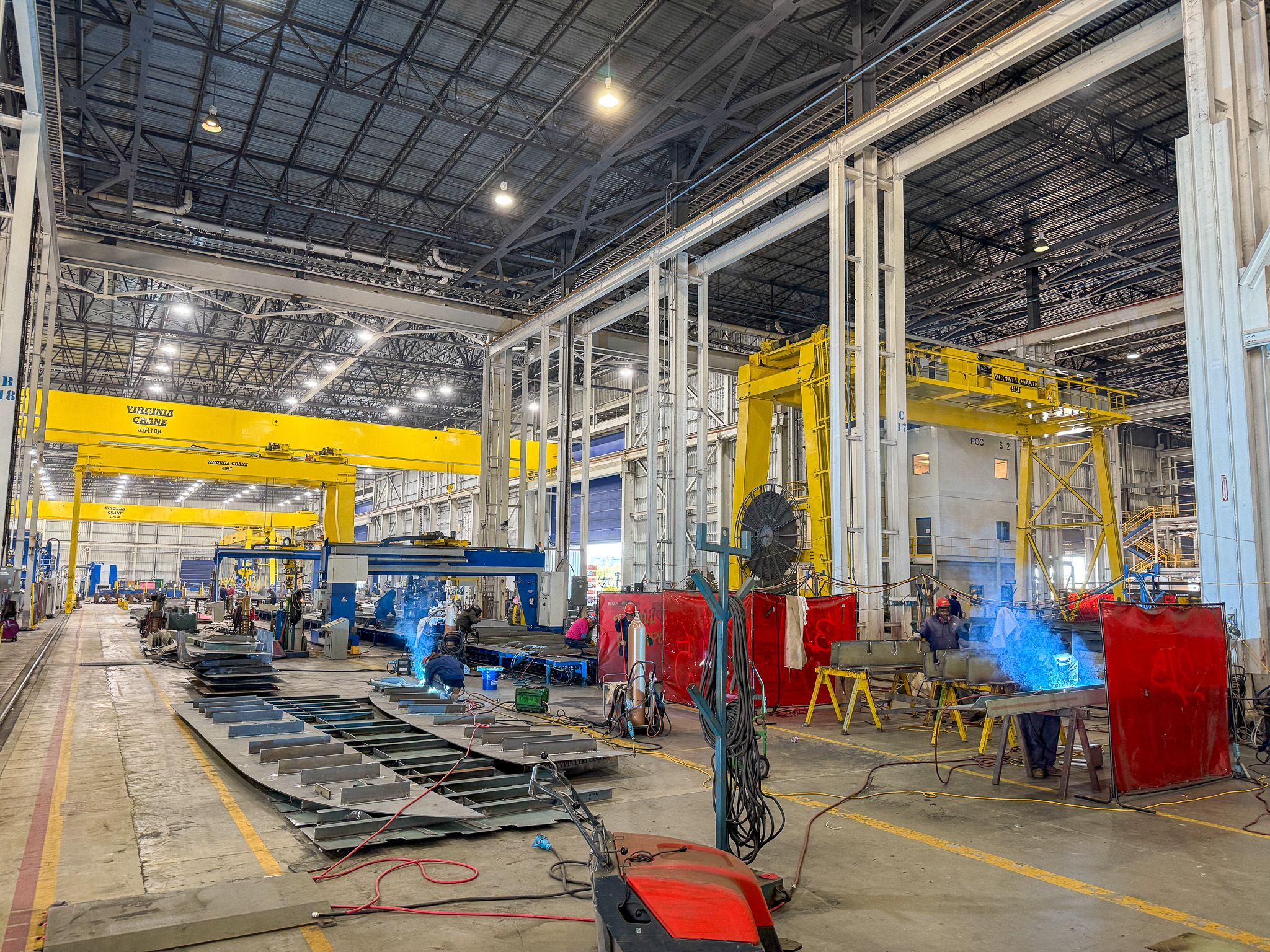
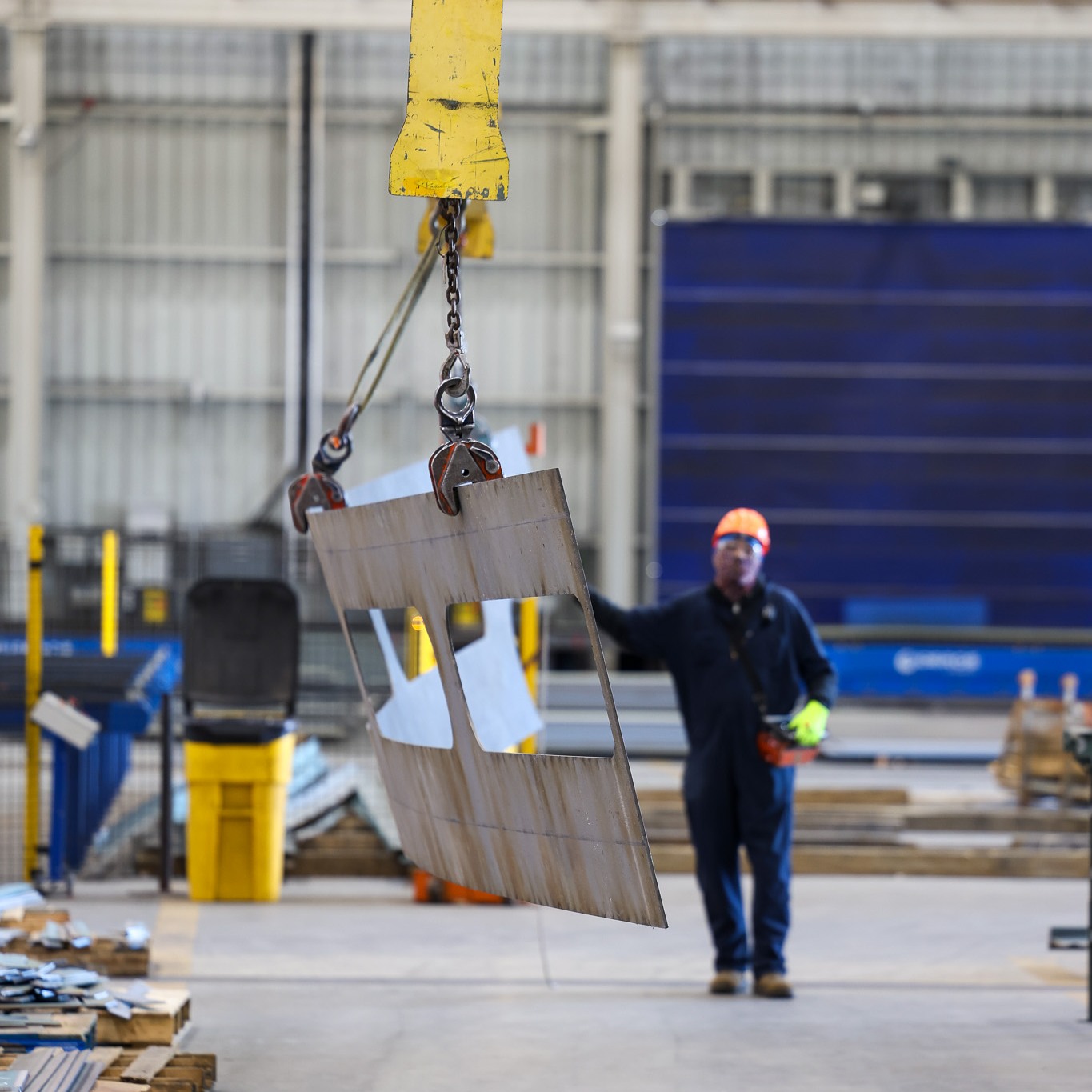
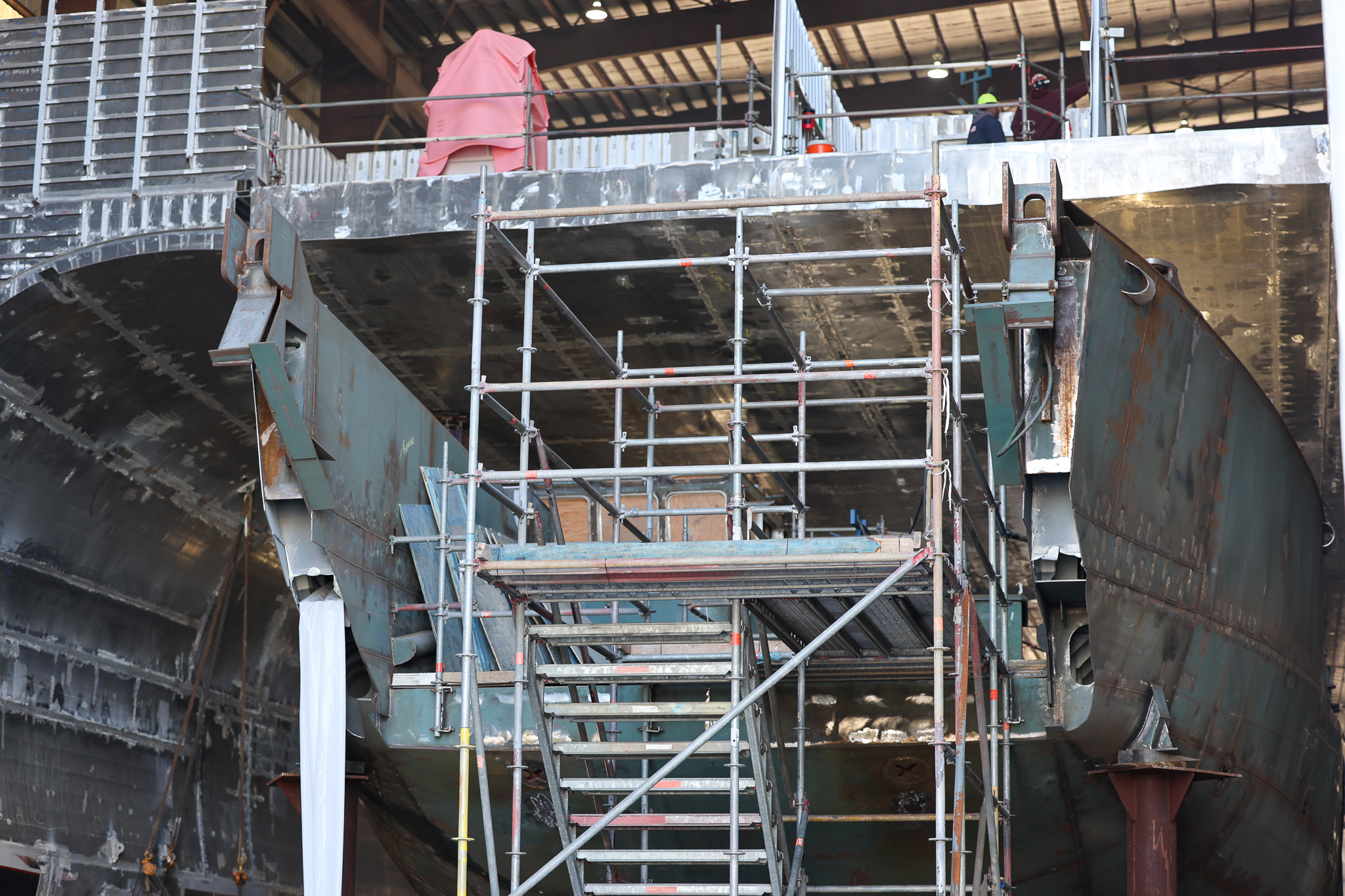
Scheduled to be complete and fully operational by summer of 2026, the project continues the expansion at Austal USA that began in March 2021 with the groundbreaking of the steel panel line.
The latest expansion will include a new assembly bay for the erection of large steel modules for Navy and Coast Guard ships, including the offshore patrol cutter (OPC) and TAGOS-25 programs.
The new, approximately 400'x480' building will cover four and a half acres and provide more than 192,000 sq. ft. of new covered manufacturing space. It will consist of three bays enabling erection of the OPCs and the Navy’s TAGOS-25 ocean surveillance steel ships as well as provide flexibility to manufacture modules for submarine and other surface ship programs.
There’s also a new submarine module manufacturing facility (MMF 3) that will add 369,600 sq. ft. of indoor manufacturing space purpose-built to manufacture submarine modules.
In addition to MMF 3, a new final assembly building to manufacture Navy and Coast Guard surface ships is under construction. When complete the two new facilities will add over 600,000 sq. ft. of indoor production area and add 2,000 new jobs in the region. The shipyard currently has about 3,300 workers.
“The module construction process is essentially the same for aluminum and steel,” said Neil Seddon, Austal’s director of production.

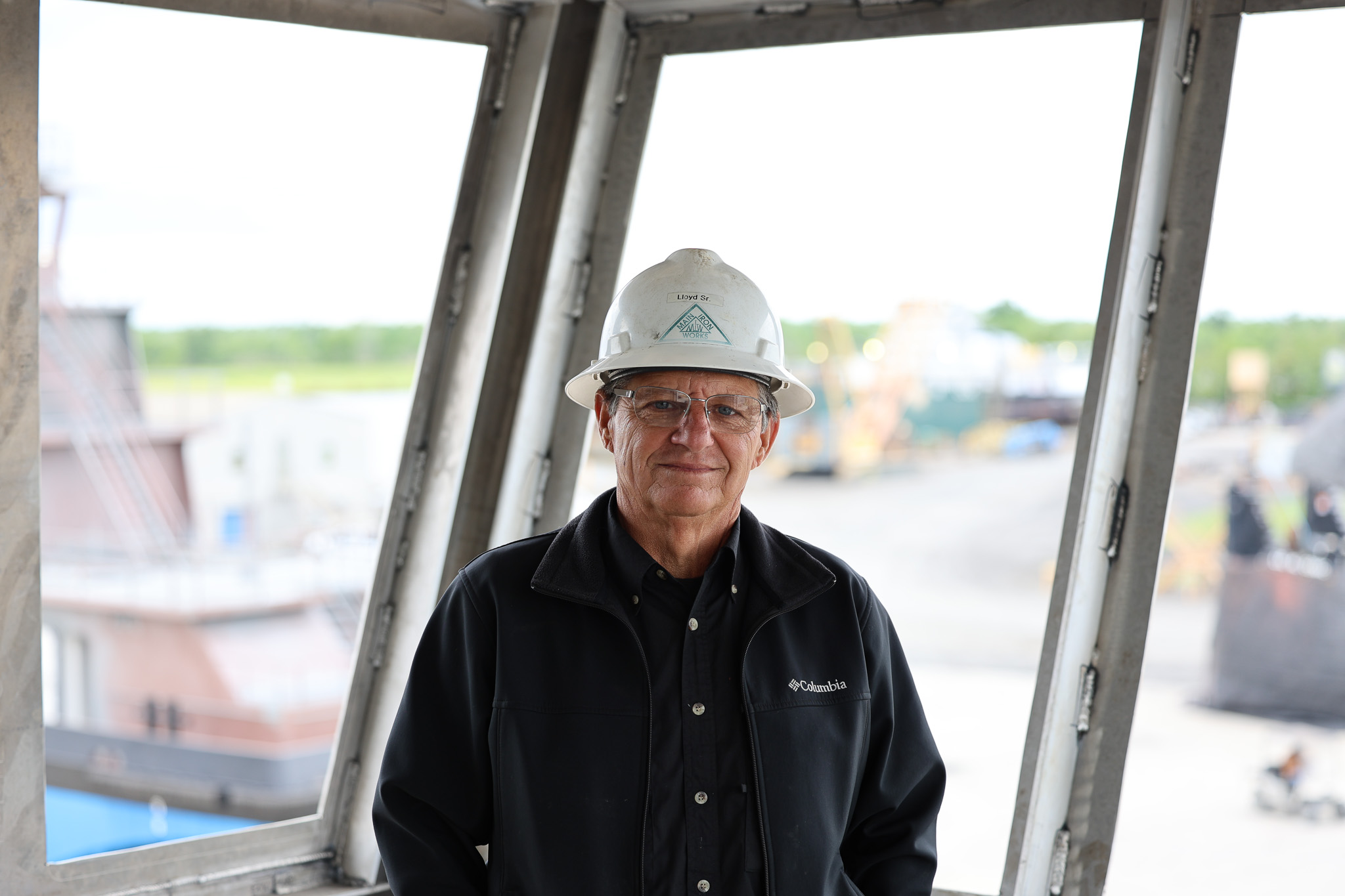
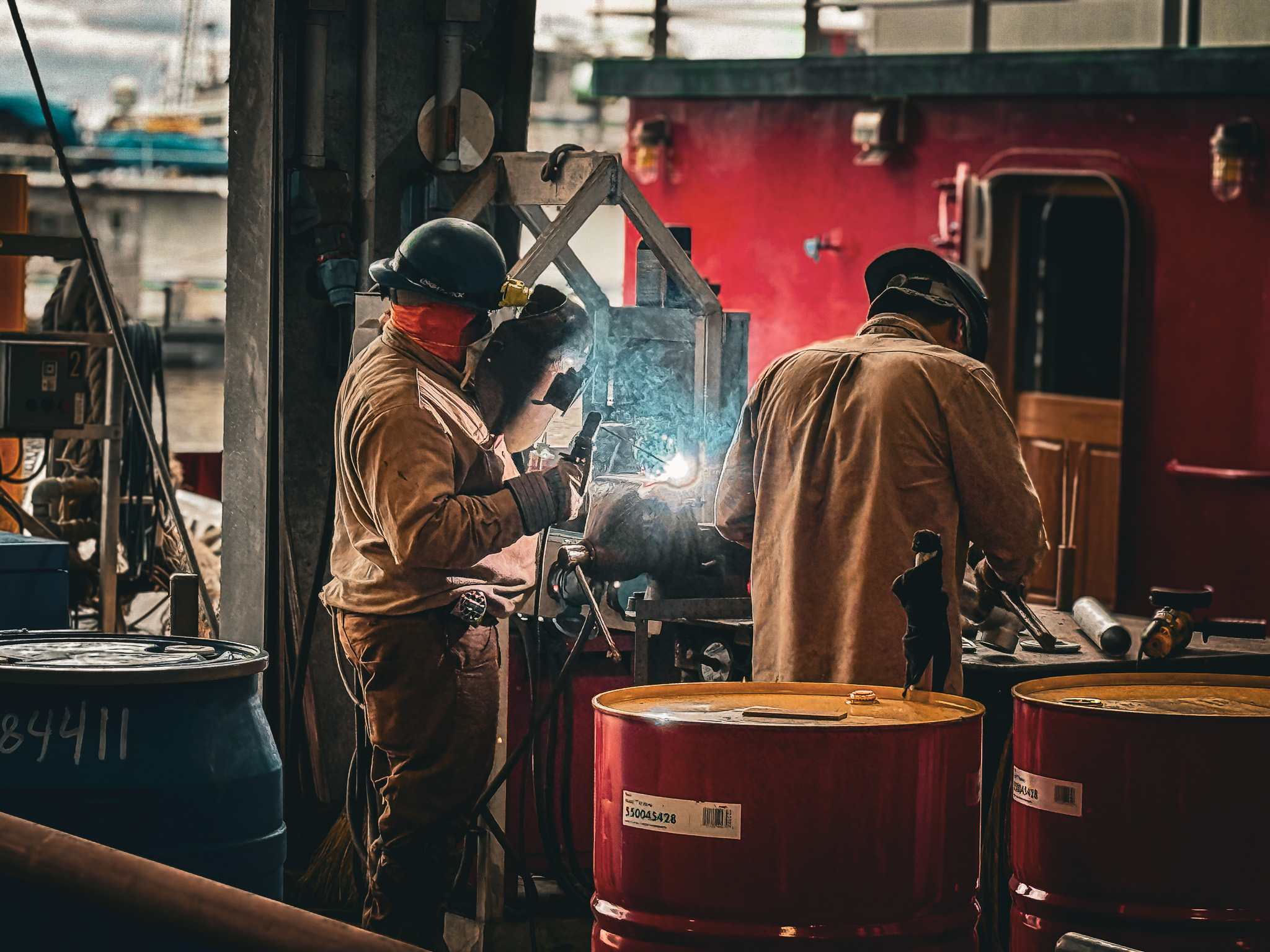
Main Iron Works has earned its reputation as a premier shipbuilding and repair yard, especially when it comes to towboats, tugs, and barges. The yard finished a 10-boat contract for Ingram Marine Group, Nashville, Tenn., in January. It is currently building new boats for a diverse list of customers including TradeWinds Towing (two), New Orleans; Weeks Marine (three), Cranford, N.J.; Robbins Maritime, Norfolk, Va.; and Dann Marine Towing, Chesapeake City, Md. Main Iron also builds and services a lot of barges for Kirby Corp., Houston.
To stay up with the jobs already in the shipyard, and those scheduled for the future, Main Iron continuously updates its current equipment and adds new facilities when necessary “The latest expansion was the climate-controlled blast-and-paint building,” said Lloyd Guidry, the yard’s project manager. “The next will be a blast-and-paint building, for piece blasting, to get the workers out of the weather.”
Silver Ships has expanded its operations to a second location. A new engineering facility and manufacturing warehouse is located less than one mile from the original 95,000-sq.-ft. Facility and headquarters. The expansion adds 16,500 sq. ft. to its manufacturing process and creates an additional 18,500 sq. ft. of additional outfitting space in the original location.
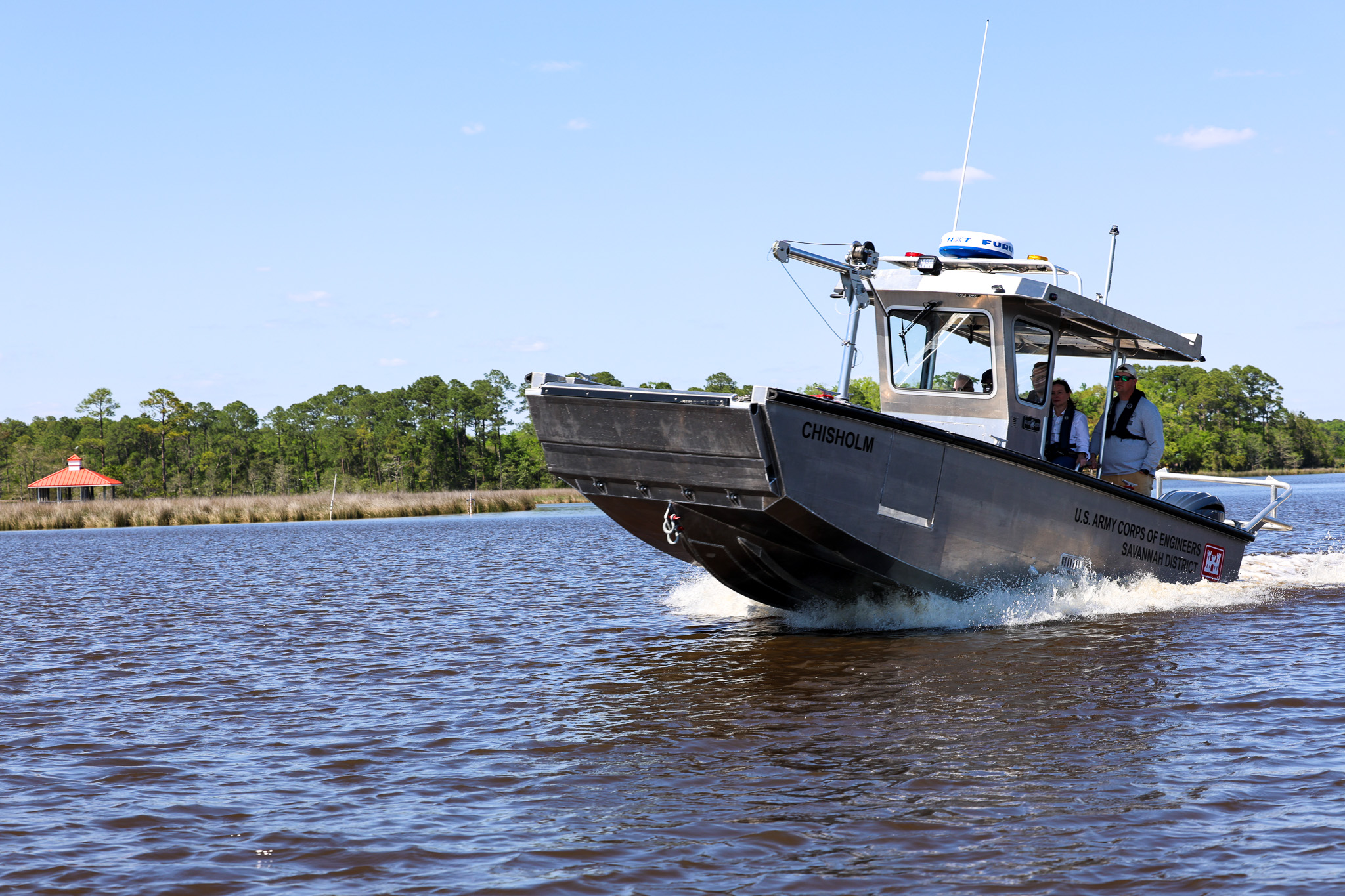
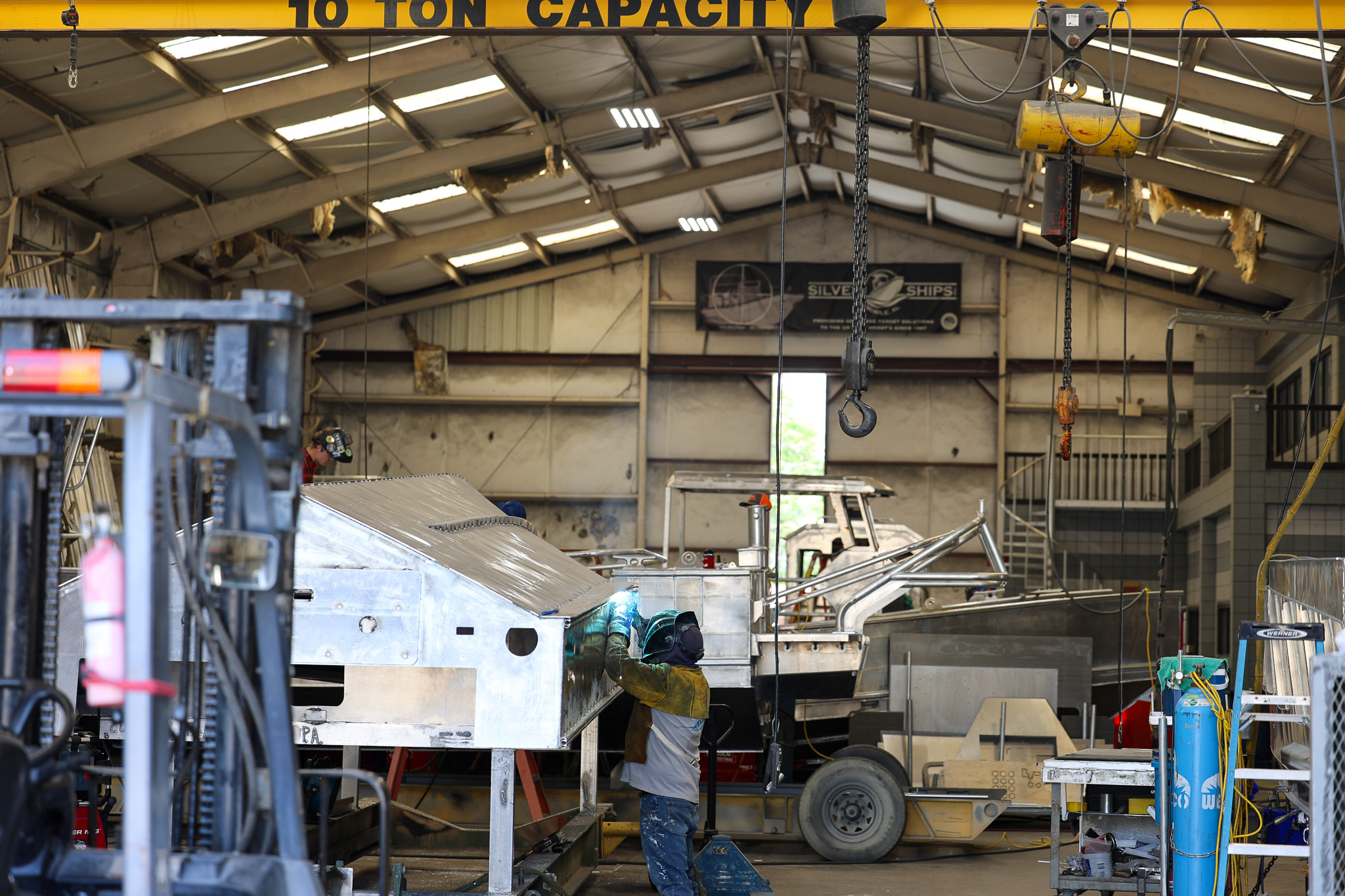
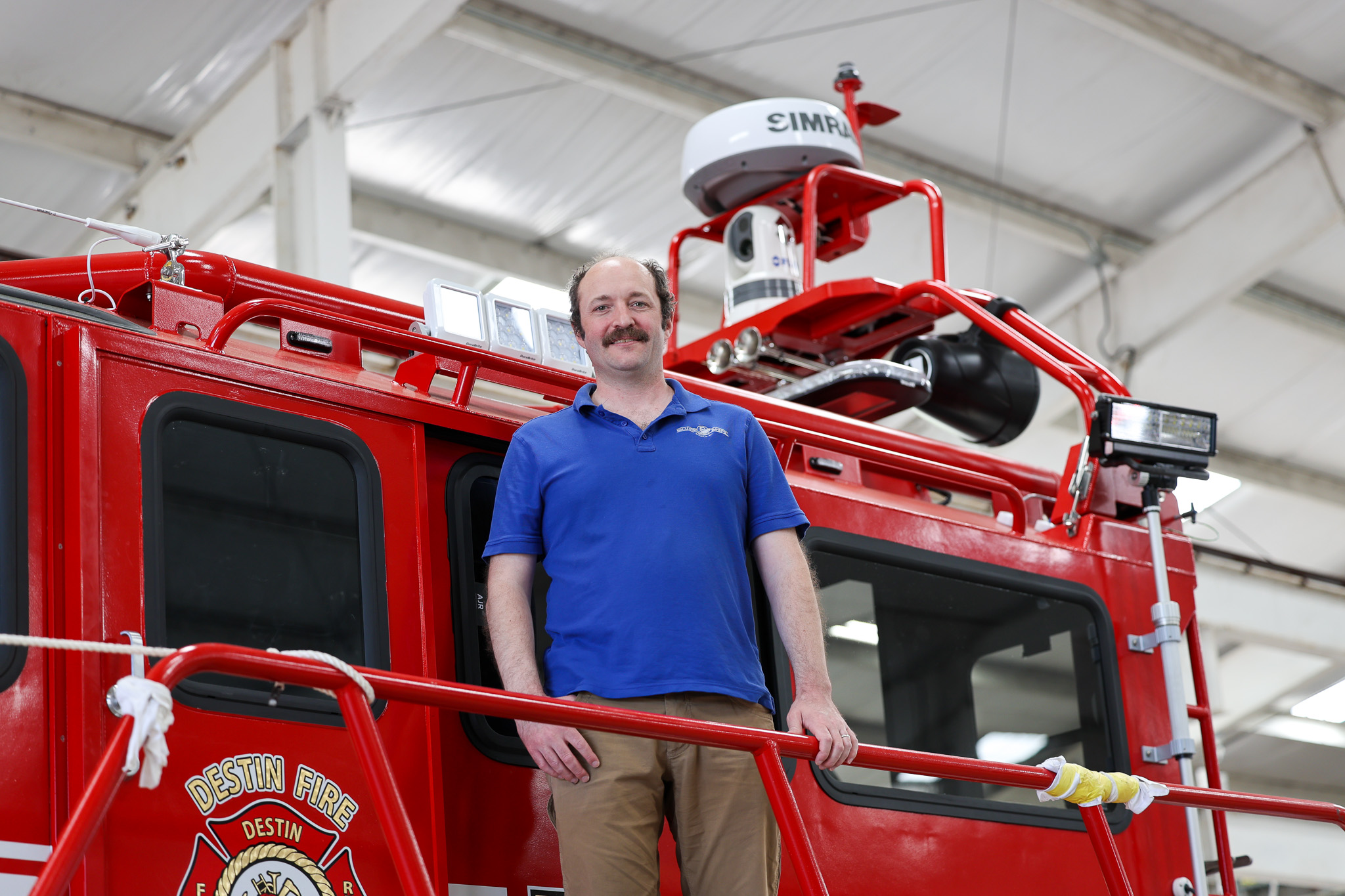
“Adding a second manufacturing location is a natural progression of our team’s work to support the growing workboat segment,” Steven Clarke, Silver Ships’ CEO, said of the project. “Facility expansion to meet the demands of the market is necessary to achieve the quality and deliver timelines of our customers.”
Birdon America was awarded a $1.187 billion contract in 2022 to design and build 27 waterways commerce cutters — 16 river buoy tenders and 11 inland construction tenders — for the Coast Guard.
The new tenders were originally going to be built at Bollinger Shipyards, Lockport, La., but that collaboration didn’t work out, and Birdon held a ribbon-cutting ceremony in December 2024 for the shipyard it bought from Louisiana-based Metal Shark in Bayou La Batre.
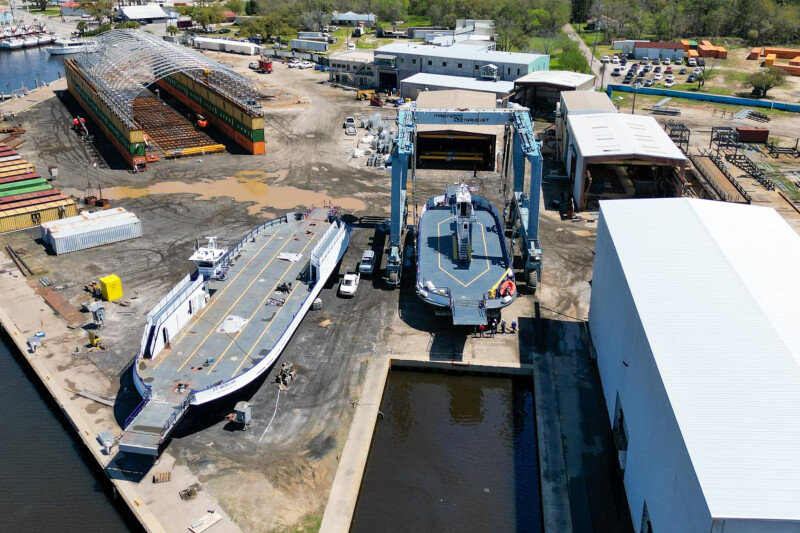
The company is pouring more than $35 million into the facility, anchored by an automated welding system (AWS) bought with Small Shipyard Grant money. The AWS will be the nucleus of the yard’s new 65,000-sq.-ft. Fabrication building. “The people here are true shipbuilders,” said Armstrong.
Steiner Shipyard has a healthy backlog of repair work and is currently building two 94' retractable towboats for Golding Barge Line Inc., Vicksburg, Miss., and two 130'x35' towboats for Florida Marine Transporters, Mandeville, La.
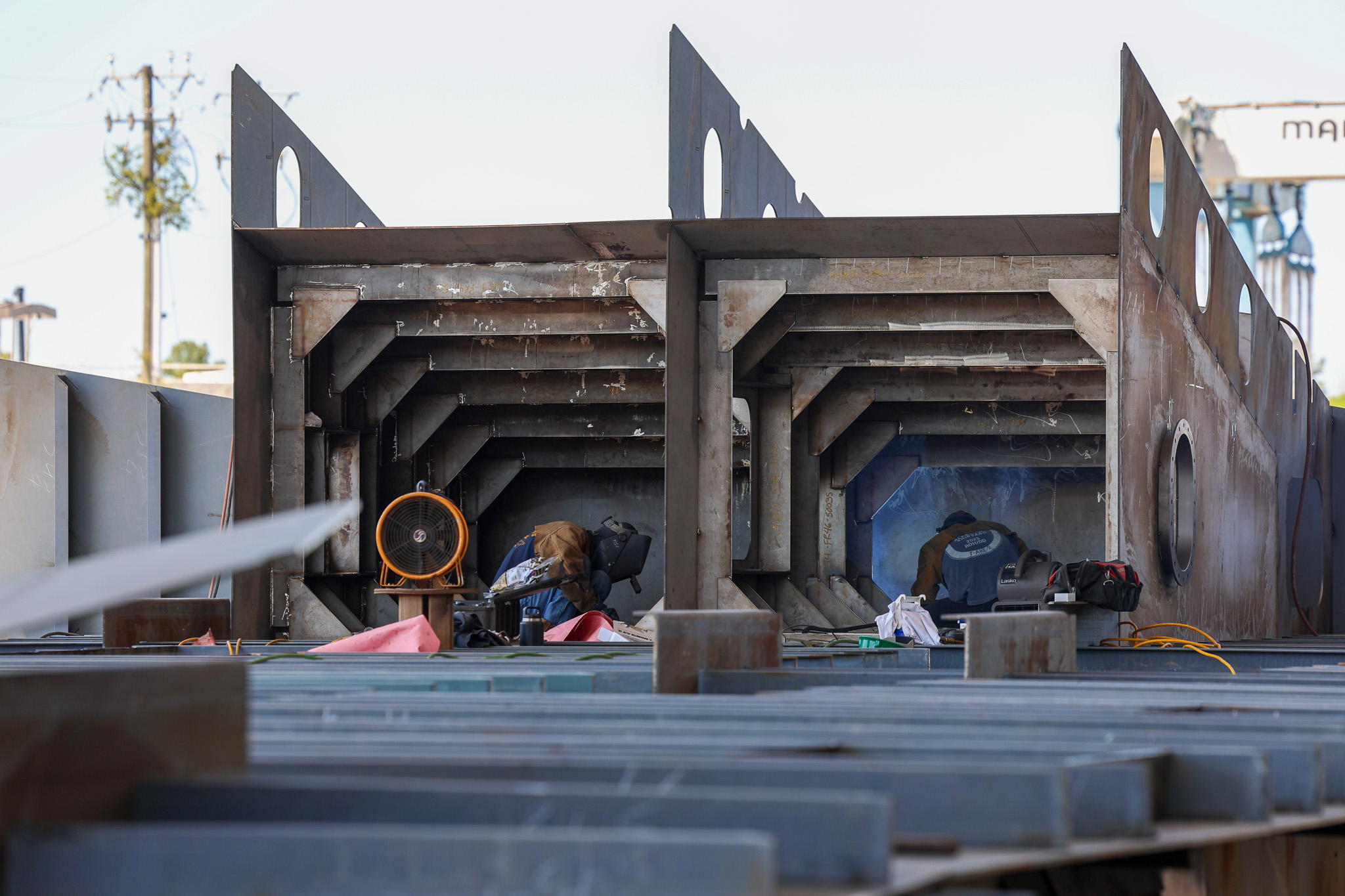
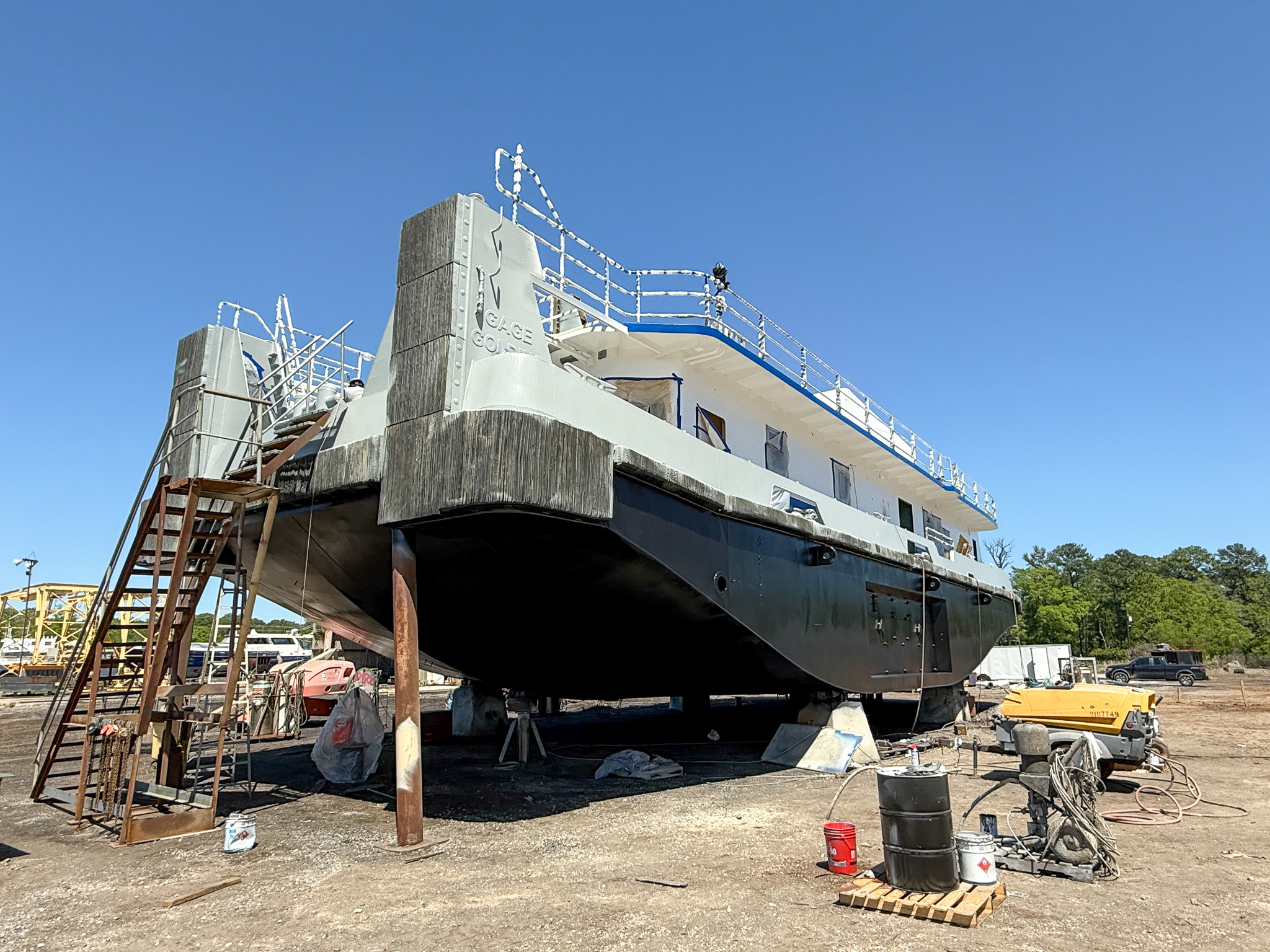
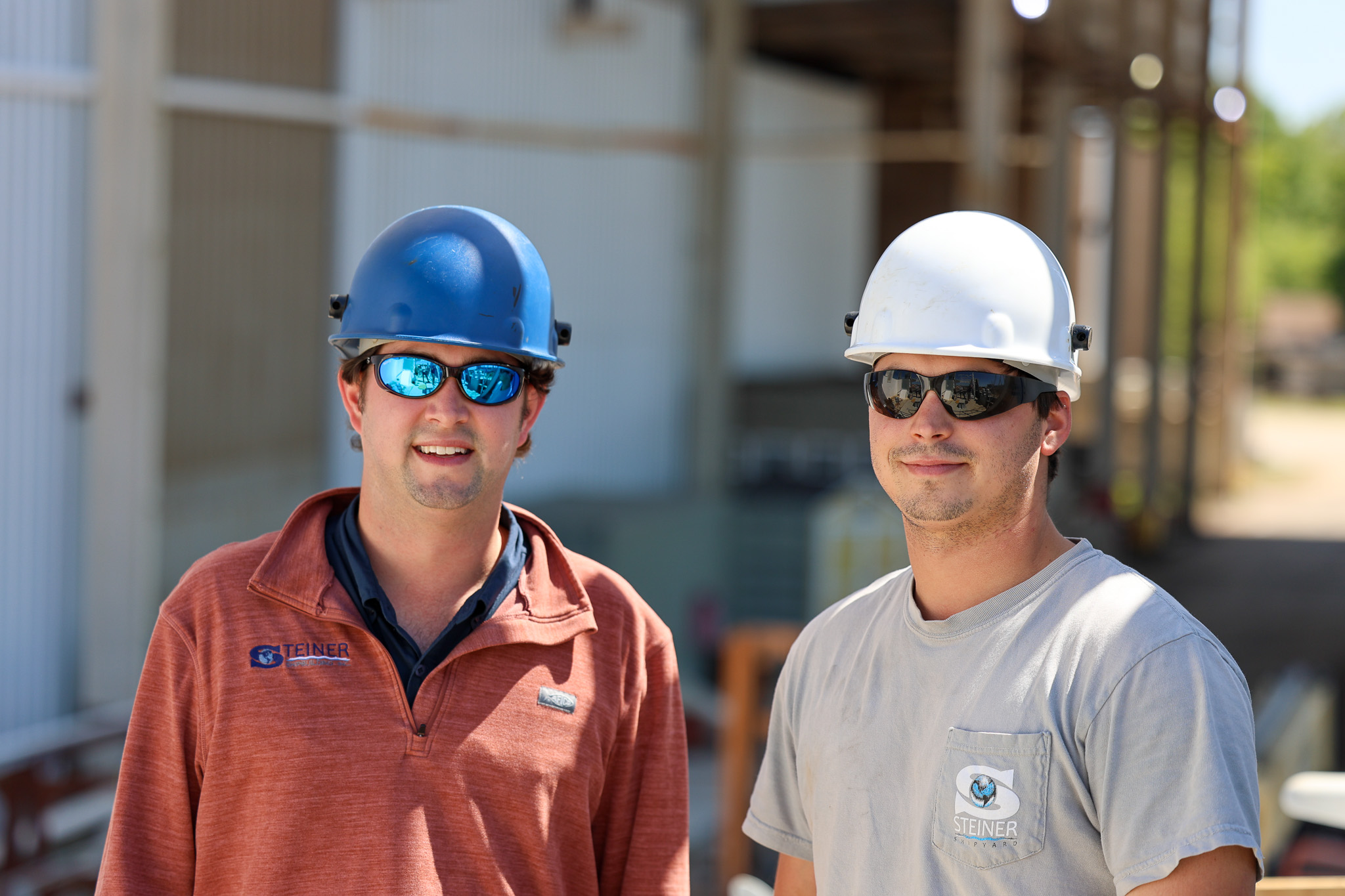
“We are hoping to widen our Travelift slip to accommodate vessels 44 feet in width,” said Greg Marshal, the yard’s project manager. “We are upgrading our bag launch slip to accommodate larger vessels. The repair yard is up and running fully.”
The total number of newbuild (under contract, under construction, or delivered in the past 12 months) workboats listed in WorkBoat’s Annual Construction Survey for 2023-2024 was 925. The year before the number was 690. And those numbers are low. The actual numbers are unknown because some yards provide partial lists, and some boatbuilders don’t participate at all. In addition, there are quite a few IDIQ (indefinite delivery, indefinite quantity) contracts throughout the industry. Those are counted as a single boat until the exact number is known.
What the survey doesn’t list are the annual repair and regulatory drydockings which number in the thousands. So, the Tier II shipbuilding industry is holding up its end, Mr. President.




